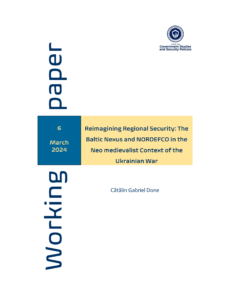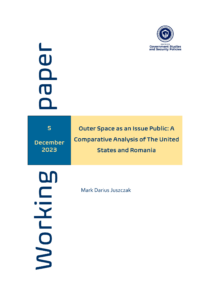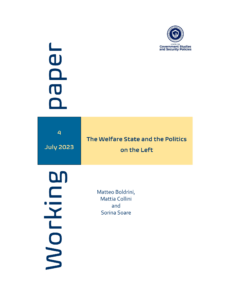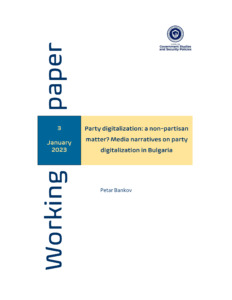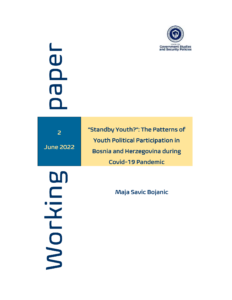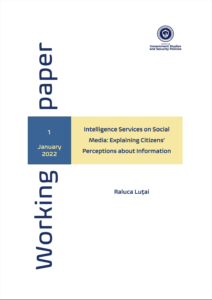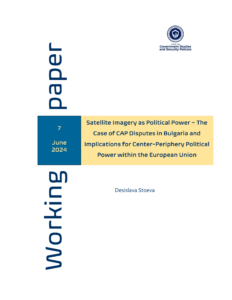
Desislava Stoeva, „Satellite Imagery as Political Power – The Case of Disputes in Bulgaria and Implications for Center-Periphery Political Power within the European Union”, Working Paper 7/2024, pp. 1-22
As the use of satellite imagery in a wide range of agricultural processes within the EuropeanUnion increases, an important question has to be addressed. Is the wider integration of thistype of technology altering the center-periphery power within the European Union? Thisstudy explores this issue through the perspective of the CAP subsidy framework in Bulgaria,where satellite imagery forms the foundation of the digital application process and plays animportant role in the supervision process. This establishes the technology as a tool fordecision-making in a rather one-sided manner in which the supervising authority (theBulgarian Ministry of Agriculture) uses satellite imagery to observe the farmers withouttheir knowledge of when and how the remote assessment might take place. On the onehand, the process introduces ethical and political dilemmas related to the concept ofremote surveillance, particularly in countries like Bulgaria where the agriculture sector is notfully modernized. On the other hand, this might bring alternative ways for EU states andindividual farmers to question the established approach or explore some of the gaps withinthe CAP subsidy process. Either way, a closer overview of the political power implicationsof satellite imagery will be beneficial for all participating EU states which rely on thetechnology for receiving their subsidy funds. The paper further proceeds to suggest a studyof Bulgarian court decision materials about CAP funding disputes as an example of the kindof research that can be pursued to explore what role satellite technology plays in the powerrelations in the EU in a more practical way.

